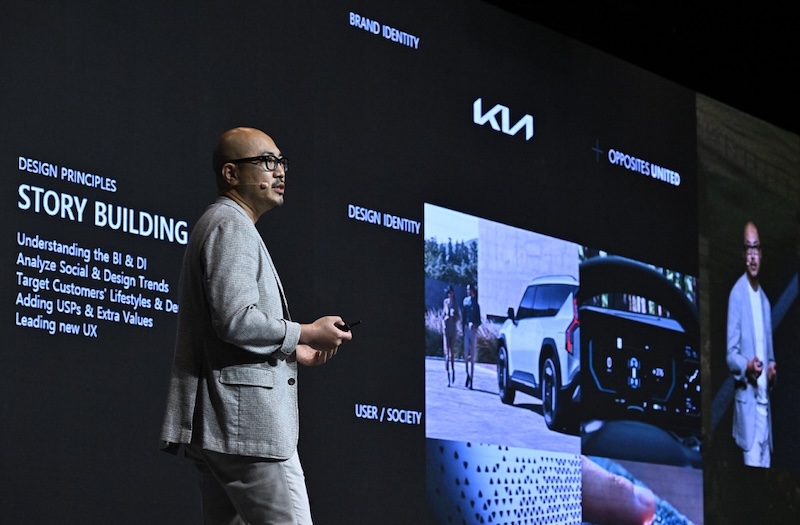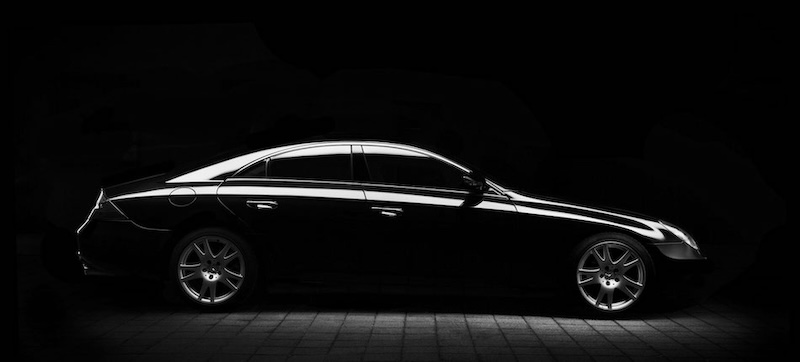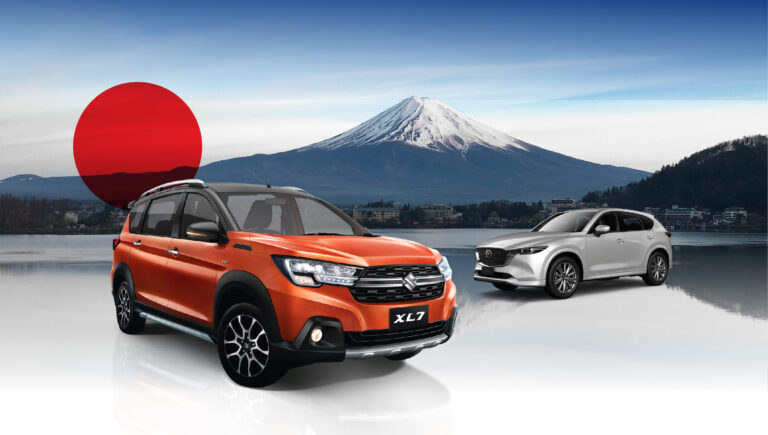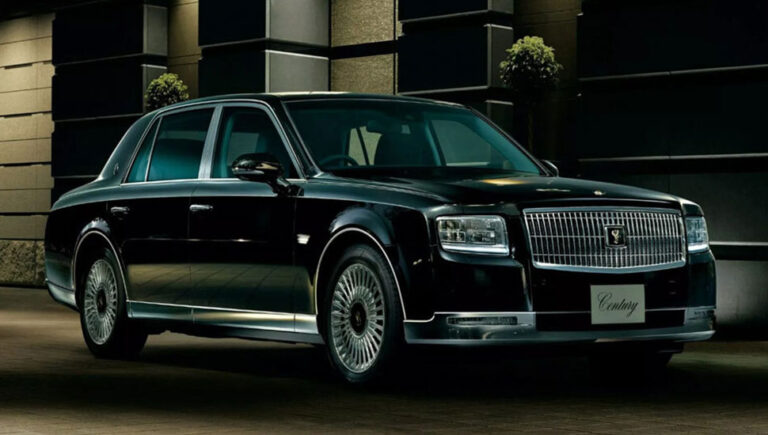The history of a nation always has a profound influence on the people, culture, politics, and economy of a country. In countries where the automotive industry is a key sector, such as Korea, Germany, and Japan, history speaks volumes through a single car.
Korean culture woven into design
In the shadow of the 1997 Asian financial crisis, South Korea revived the country through its automotive and electronics manufacturing industries. As living standards increased and social tastes matured, the desire to assert one’s presence before the international community became stronger. Cultural identity was chosen as a diplomatic tool to affirm South Korea’s presence and independence before the global community.
A part of this country’s culture is the emphasis on beauty and aesthetics. From the Silla dynasty, one of the longest-lasting and most developed in Korean history, the philosophy of “a beautiful body contains a beautiful soul” was formed. This mindset has shaped the culture of the Korean people, permeating every aspect of the country’s operations. This explains why aesthetics have become a booming industry in Korea, similar to the aesthetics of automobiles.
Looking at the Korean automotive industry, this philosophy is clearly reflected in the car models of Hyundai and Kia. Although they did not start as prominent design brands, Hyundai had to struggle for a long time to find its footing in the eyes of users due to its neutral designs lacking a breakthrough. Hyundai did make a mark with the Hyundai Pony in 1966, but it wasn’t until the establishment of the California design center in 1990, with access to more adventurous and bold ideas from the West, that things really started to flourish.
This was followed by a golden period with models like Santa Fe, Elantra, Staria, and Grandeur, Ioniq, always on the list of the most beautiful cars of the year. Kia has always known how to reinvent itself over time, with a series of breakthrough design models, from the strangely beautiful Kia K5 to the pinnacle of beauty, the Kia Carnival.

Recently, to boost its design strength, Kia announced a collaboration between John Buckingham – the exterior designer who was the creative director behind the renowned BMW 8-Series Concept, and Teck-Koun Kim – the former chief designer of Mercedes-Benz. These two renowned designers joining hands promise to open a brilliant chapter in Kia’s design history, as well as the Korean automotive industry in general. Faced with the constantly renewed beauty of Korean car models, car enthusiasts have every reason to look forward to admiring and appreciating these mobile works of art rolling on the roads of the world.
The brand value of the German class
On Christmas 1879, in addition to the echoing hymns of the church choir celebrating the birth of Jesus Christ, the world also heard the rumbling sound of the two-stroke engine of a Benz car starting up. Six years later, the brilliant German engineer Carl Benz announced the successful production of the Patent-Motorwagen, the world’s first automobile, marking a momentous milestone in human history and becoming a lasting source of pride for the German people.

Unparalleled quality and absolute luxury are undeniable when it comes to German cars. Each product is meticulously crafted to the highest standards, from engine structure to refined materials, interior and exterior design. Every car contains the essence in every detail, creating perfect lines that captivate the world. In Vietnam alone, Mercedes has been synonymous with the word “luxury” since 1996.
Technological innovation is something the German automotive industry has always been a pioneer in. They constantly research, develop, and integrate the latest technologies into their products, from inventing safety systems and driver assistance technologies, to improving acceleration and optimizing fuel consumption. German automotive technology has always been at the forefront in setting industry standards, affirming an unrivaled position in automotive science. One of the key factors behind the irresistible appeal of German cars is the symbol of success. They do not produce “cheap” cars, pushing customers into a luxury car choice, thereby conveying a consistent message about their origin, proving that German cars are always the pinnacle – beautiful and expensive.
Why are Toyota cars slow to innovate?
Renowned worldwide for their durability and superior quality, Japanese car brands like Toyota, Honda, Mazda have won the trust of billions of people over half a century. However, the Japanese automakers have also made the car community both admire and be frustrated by their “laziness” to change.
Whatever exists has its reasons. In the post-World War II reconstruction, Japan thoroughly applied automotive technology and design based on the “Kaizen” philosophy of continuous improvement. Instead of making big leaps, Japanese automakers optimize step by step, continuously improving the existing models. This is part of the national identity and product management of the Land of the Rising Sun, where perfection is valued more than uncertain innovation.

For car buyers, the satisfaction of owning a car does not only lie in the fresh exterior, but also in the stable driving quality. For this reason, Japanese brands are not in a hurry to change, as each change entails related links, especially the supply chain of parts and accessories.
Fierce competition in the automotive industry is based on the value of brand trust built. Japanese car brands have achieved the “golden” standard in the eyes of consumers in terms of this trust. Toyota is a typical representative. While the world was boiling with the electric vehicle wave, Toyota steadfastly invested in hybrid technology. The strategic models Camry, Corolla, Innova gradually adopted hybrid technology over time, while the exterior design and interior remained slower than the competitors. All of this has its reasons.
The lack of change reflects the production culture, business philosophy, and even brilliant strategy in maintaining customer trust and loyalty. Changing to adapt, not changing to lose. Compromising change is easy. “Compromise in tandem” means changing gradually, but still maintaining the new identity value to bring sustainable value. In this point of view, Japanese is the master.






